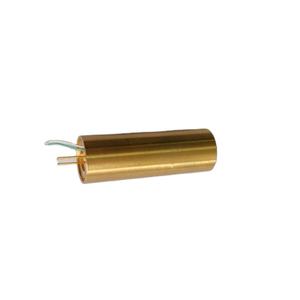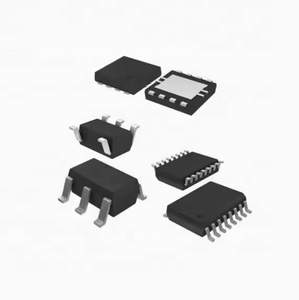Thyristors Online | High-Quality Power Semiconductors
“Shocking Showdown: Diodes vs. Thyristors – The Battle of the Electrical Titans”
(Diodes and Thyristors: Comparative Study of Electrical Components)
When it comes to the world of electronics, few components spark as much curiosity and debate as diodes and thyristors. These two electrical titans may seem like humble pieces of silicon, but don’t let their unassuming appearance fool you. They’re the unsung heroes of modern technology, quietly powering everything from your smartphone to massive industrial machines. But what makes them tick? And more importantly, which one reigns supreme in the electrifying arena of circuitry? Let’s dive into the high-voltage world of diodes and thyristors to uncover their secrets.
First up, the diode – the one-way street of the electrical world. Imagine a bouncer at a club, only letting electrons flow in one direction. That’s essentially what a diode does. It’s a semiconductor device with two terminals, an anode and a cathode, and its primary job is to allow current to flow in one direction while blocking it in the other. Simple, right? But don’t underestimate its power. Diodes are the backbone of rectifiers, which convert alternating current (AC) to direct current (DC). Without them, your laptop charger would be useless, and your LED lights wouldn’t shine. Diodes are like the reliable friend who always has your back, quietly doing their job without much fuss.
Now, enter the thyristor – the diode’s more complex, slightly dramatic cousin. Also known as a silicon-controlled rectifier (SCR), the thyristor is a four-layer semiconductor device that takes the diode’s one-way street and adds a traffic light. It not only controls the direction of current but also when it flows. Think of it as a gatekeeper with a remote control. Once triggered, it stays on until the current drops below a certain level, making it perfect for applications like dimmer switches, motor speed controllers, and even high-power industrial systems. Thyristors are the showstoppers of the electrical world, capable of handling massive amounts of power with precision and flair.
So, how do these two stack up in a head-to-head comparison? Diodes are the go-to for simplicity and reliability. They’re cost-effective, easy to use, and perfect for low-power applications. Thyristors, on the other hand, are the heavy hitters. They’re more complex and require careful control, but they excel in high-power scenarios where precise current regulation is crucial. It’s like comparing a trusty bicycle to a high-performance sports car – both have their place, but they’re built for different purposes.
But here’s the kicker: despite their differences, diodes and thyristors often work together in harmony. In many circuits, you’ll find them teaming up to achieve the perfect balance of power and control. It’s a dynamic duo that proves even in the world of electronics, collaboration is key.
(Diodes and Thyristors: Comparative Study of Electrical Components)
In the end, the battle between diodes and thyristors isn’t about declaring a winner. It’s about appreciating the unique strengths each brings to the table. Whether you’re a tech enthusiast, an engineer, or just someone curious about how the gadgets in your life work, understanding these components is like unlocking a new level of appreciation for the invisible forces that power our world. So next time you flip a switch or charge your phone, take a moment to thank the unsung heroes of electricity – the diodes and thyristors that make it all possible.


